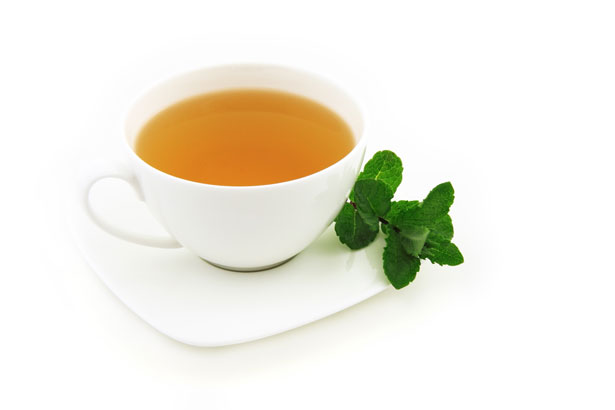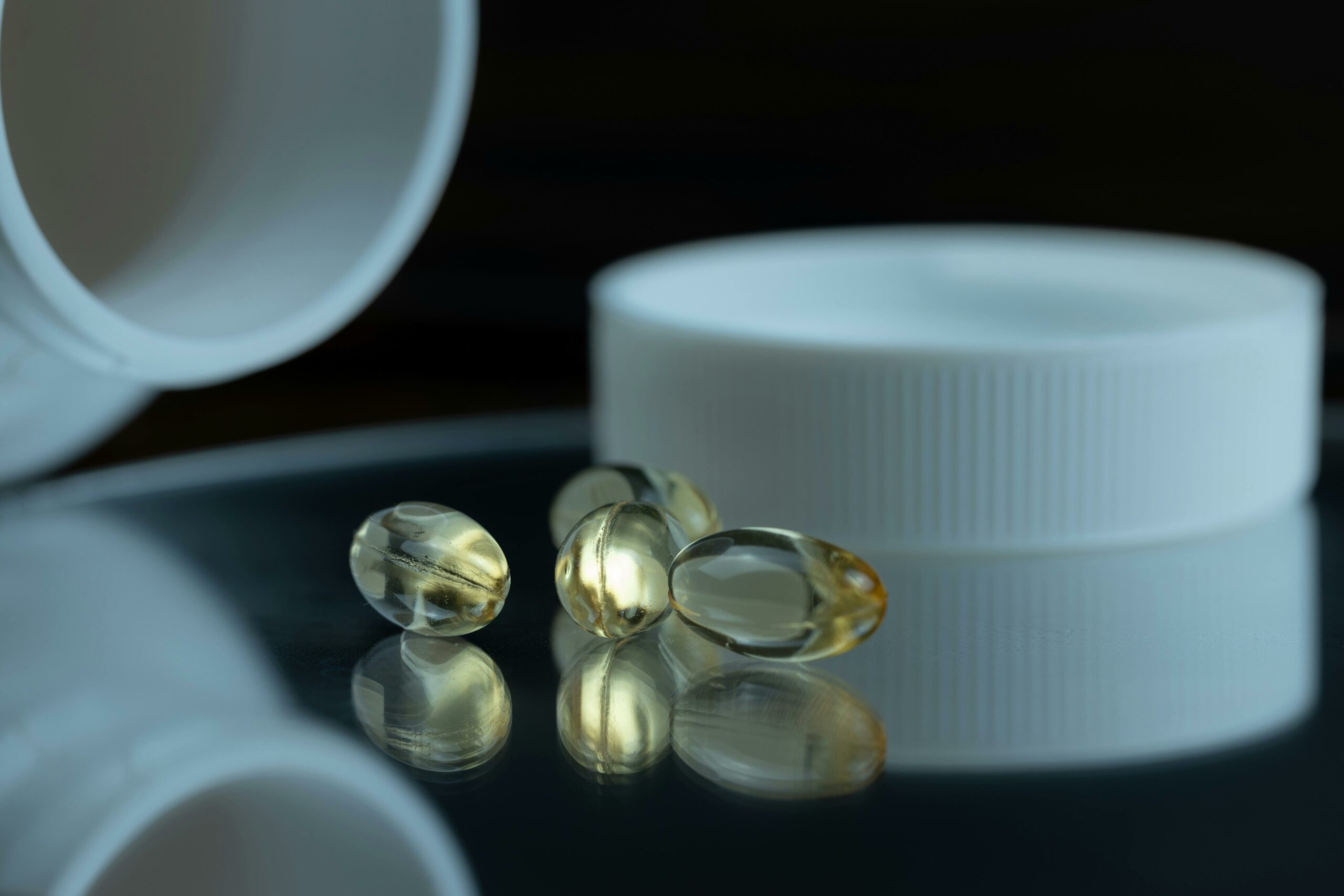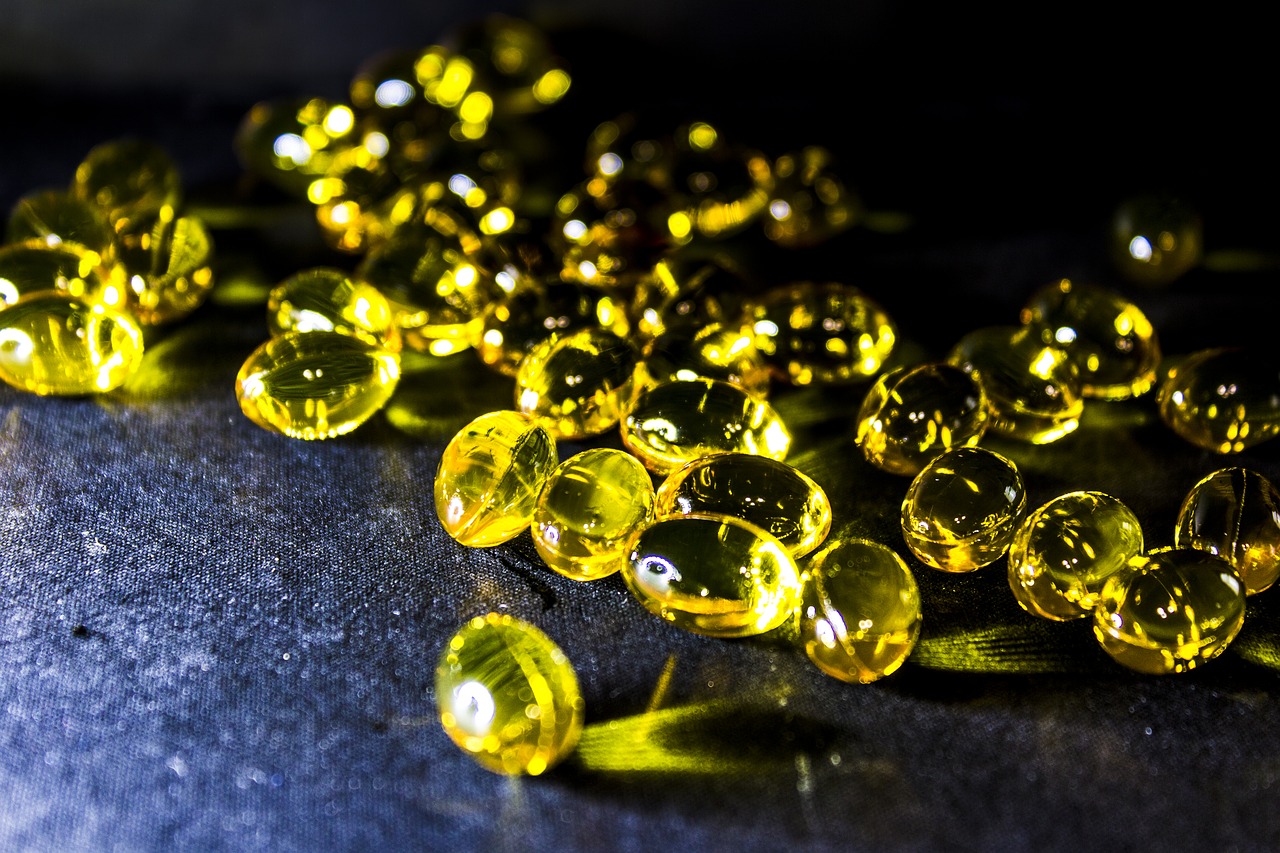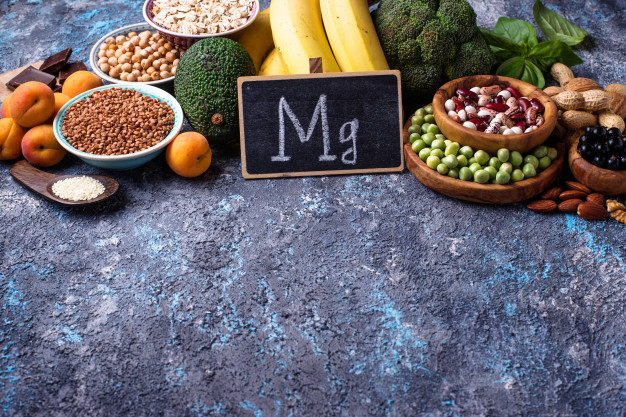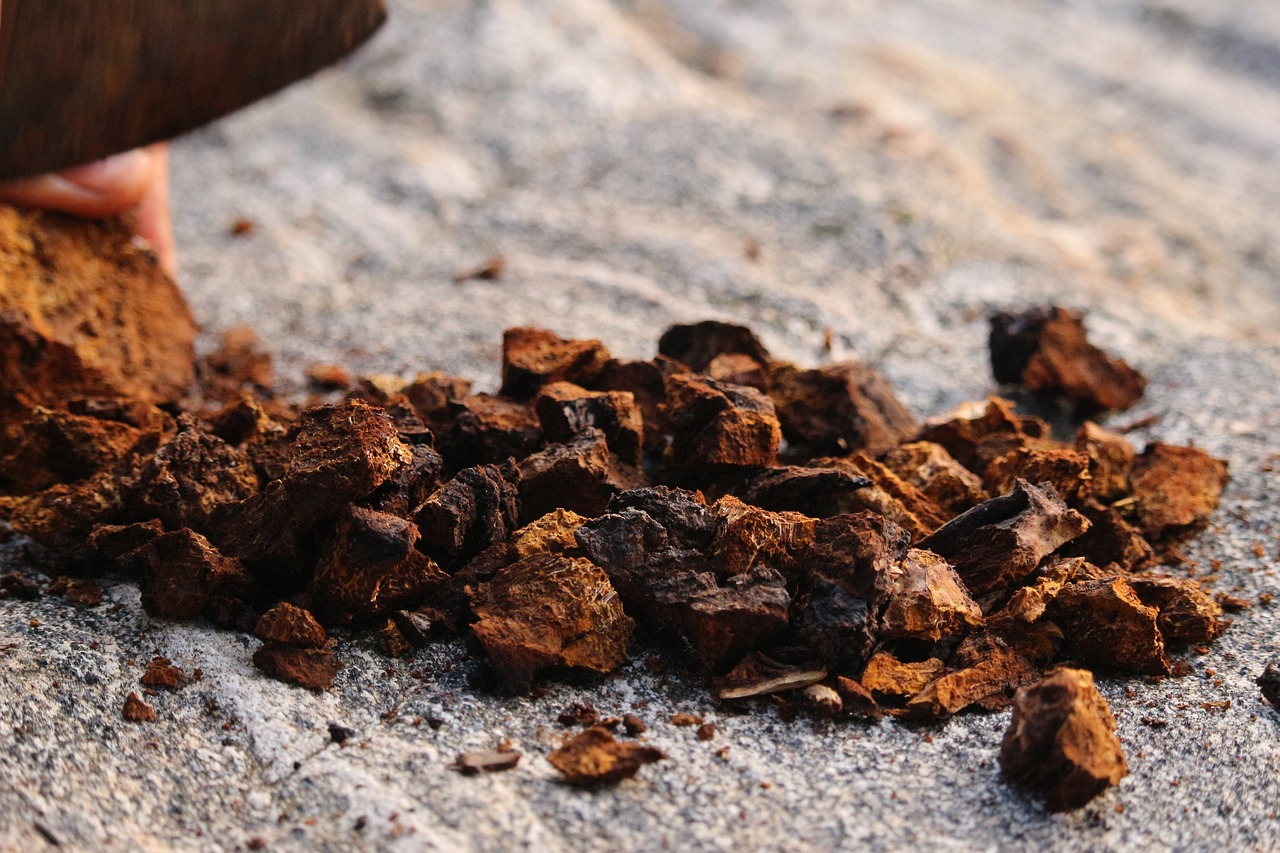Herbs are used as fragrances, spices for food and for medical purposes. It is the latter that I’m concerning about in this article. I’ve read of the many benefits herbs can be on one’s health, especially if used properly in tea-form. I’ve also been using various herbs for years, and I will say that I’ve been truly amazed at some of the results. They do work, if you know which ones to take, for what reason to take them and what time to take them.
I have a list of about fifty herbs that have more than piqued my curiosity. But for the sake of sanity, time and practicality, I have narrowed my focus on nine special herbs, that have done and can do wholesale health benefits on one’s constitution. The nine herbs I will focus in this article are:
1. Guduchi
2. Kutki
3. Manjistha
4. Red root
5. Olive leaf extract
6. Amla
7. Ashwagandha
8. Turmeric
9. Eclipta Alba
Guduchi
Of all the herbs I love, guduchi often comes to mind first when I think of a healing herb. It is like a low-dose multivitamin, filled with important minerals like magnesium, calcium, copper and selenium. It is most famous for being a prized ayurvedic herb for liver function.
Guduchi a.k.a. Tinospora cordifolia a.k.a. Amrita a.k.a. Giloy is an immune system booster. It helps increase activity of macrophage cells. It enhances the efficiency of white blood cells. It alleviates allergic rhinitis a.k.a. hay fever a.k.a. seasonal allergies. These allergies that are often a sign of a compromised immune system are sensitive most famously to pollen in the air. Guduchi reduces nasal congestion, runny nose, itchy eyes, coughing and sneezing caused by these allergens.
I personally use guduchi as a liver and kidney detoxifier, and a blood cleanser. It truly tonifies the blood, moving toxins from the extremities and placing them in a position to be detoxified by the liver and out of the alimentary canal.
Guduchi has a heating effect on the internal organs, opening up pores for better nutrient absorption, oxygen absorption and better breathing. It works wonders for asthma and respiratory infections.
Guduchi is also anti-inflammatory, reducing uric acid build-up, thus also reducing ailments like rheumatoid arthritis and gout. Other herbs like ginger and (the fruit) amla increase the effectiveness of guduchi with these conditions. Guduchi and amla powder made into a paste may alleviate many skin conditions such as acne and psoriasis.
Guduchi may also have adaptogen-like properties, able to balance hormones and reduce stress.
Guduchi has been used in folklore as a cancer cell/tumor inhibitor, capable of repairing damaged DNA and preventing damages to our DNA.
For those with high blood sugar, guduchi may be a good option. It is known to slow the rate of digestion of carbohydrates/sugar, thus lessening the body’s need for excess insulin. Be cautious when taking diabetic medications with guduchi — blood sugar may become too low.
Guduchi is best taken as an infused herb, meaning, you boil water, then pour it with the herb powder, and consume it as a tea.
Kutki
When it comes to liver health and fixing liver diseases such as fatty liver, cirrhosis of the liver and hepatitis, I cannot think of anything stronger or better than kutki. Kutki is another bitter herb that is renowned in ayurveda for reversing liver damage. If you have gallstones and liver stones, if your liver is not producing enough bile, think kutki!
Kutki a.k.a. picrorhiza kurroa is a difficult plant to grow. It is the root that is mostly used for medicinal purposes. It may take up to two years before harvesting. Beware of farmers looking for a shortcut.
Kutki protects against fatty liver of almost any cause. It’s ayurveda’s premier liver, gallbladder herb. If you are thinking about doing a liver flush, consider kutki first. It contains picroside I, picroside II and kutkin, which are compounds believed by science to be the sources of its healing power. Kutki is very effective at causing cholagogue — stimulation of bile flow from the liver into the intestines — for the digestion of fat, and the lubrication of the intestines. It may also reduce excess bilirubin and excess liver enzymes.
Kutki is both a bitter and pungent herb, which is unusual. Most herbs are either one or the other. The benefits of bitter is that it cools the body from excessive heat. The purpose of pungent is that, like hot and spicy herbs, it has a cleansing effect, without actually being hot and spicy, like hot pepper. These properties produces proper levels of stomach acid, spleen heat and detoxifies environmental toxins such as cadmium, and even food toxins in alcohol.
Secondary to helping heal the liver, kutki may reduce circulating triglycerides and oxidized LDL cholesterol — without affecting HDL levels.
Manjistha
Manjistha a.k.a. Rubia cordifolia a.k.a. Indian madder is another cherished ayurvedic herb. It specializes in reinvigorating and moving the alkaline fluid within our lymphatic system. The fluid in our lymphatic system moves in an upward direction, from our feet and legs, up toward our stomach area, where it is coiled and concentrated in a sac-like system known as the cisterna chyli. This is where lymph fluid often gets clogged. Here is where manjistha also works its magic, unwinding clogged pathways of this drainage system. Manjistha is also known for many other things consequently, being a blood purifier, and a skin rejuvenator.
Prime constituents in manjistha include purpurin, munjistin, xanthopurpurin and pseudopurpurin. Secondary metabolites include alkaloids, flavonoids, saponins, and anthraquinones. A natural antioxidant, manjistha may enhance other antioxidant markers, such as superoxide dismutase (SOD), catalase (CAT) and glutathione S. transferase (GST).
Manjistha is useful for treating calcium deficiency, relieves mentrual pain and menstrual hormonal imbalances. It is also said to destroy tumors, heal diabetic ulcers and remove gallstones.
Among the skin conditions that may see an improvement from manjistha include psoriasis, eczema, and acne. It overall may present you with a more healthy, glowing skin tone.
Manjistha seems to have an affinity for women’s health. Not only may it improve skin tone — providing a more youthful appearance — it, by removing excess heat from the body, also provides relief for liver and kidney function, and balancing hormones in the process. If you are suffering from amenorrhea, you may want to give manjistha a try. Being that it improves all moving liquid in the body — the blood, interstitial fluid, lymph, urine — no wonder how it may be good at improving our immune system and balancing hormones. It also may reverse edema.
Manjistha stem and especially root are what’s mostly used as the healing properties. Look for only organic and sustainably sourced manjistha. Manjistha root is red and has traditionally been used as a dye through various cultures — careful, as it may stain your teeth.
Red Root
Red Root a.k.a. Ceanothus (americanus) a.k.a. “Jersey tea” is a nitrogen fixing shrub. In that, it makes blood flow easier without thinning the blood. Therefore, avoid this herb if you are on blood thinners and anticoagulant. Red root is an immune system booster, capable of reducing mucus by stimulating the mucous membrane and by acting as an expectorant. It also may relieve sore throat, strep throat and the flu and cold viruses. It provides inflammation defense, microbial defense, respiratory support and lymphatic support.
Like manjistha, red root works on the lymphatic system, specifically the lymph nodes. We have over 500 lymph nodes throughout our lymphatic system. Red Root is effective against swollen, inflamed lymph nodes. It also supports and protects another important lymphatic organ: the spleen. A proper working spleen produces clean blood.
Red Root is for temporary use only. It may interfere with iron and other mineral absorption. As previously mentioned, it should not be taken with blood thinners and anticoagulant.
Olive leaf extract
Olive leaf extract is one of the safest herbs to consume on the regular basis. Prized since ancient Egypt, and perhaps before, olive leaf is indeed from the fruit tree we know so well that produces olives and olive oil. This herb is a natural antioxidant that truly boosts the immune system, helping to destroy viruses, bacteria, fungi, and parasites. Both a preventative and curative herb, olive leaf extract contains a polyphenol called oleuropein, which may manage some forms of hypertension (high blood pressure) if used regularly. Then there are other antioxidant metabolites produced, like hydroxytyrosol, only found in this herb.
As an antioxidant and immune system booster, olive leaf extract may inhibit the over-activation of mTOR (a cellular intermediate that helps build things like muscle and even carcinogenic agents), reduce DNA damage, increase the activity of the antioxidant glutathione peroxidase, and thus fight tumors and cells associated with cancer.
Olive leaf extract is also good for some skin conditions, especially shingles.
Olive leaf extract is NOT a full spectrum antibiotic. Don’t be disappointed if it doesn’t reduce candidiasis . Also do not take this herb with other antibiotics — they may cancel each other’s effectiveness out.
Amla
Amla a.k.a. Emblica officinalis a.k.a. Indian gooseberry is not an herb, but rather a fruit that grows on an herb tree of the same name. Amla is used for both preventative and therapeutic purposes. It contains a small amount of vitamin C. However this vitamin C is potent due to polyphenols which keeps it intact. Amla is an antioxidant which may lower inflammation, high blood pressure, high blood sugar and prevent LDL oxidation.
Amla may promote longevity through mechanisms not yet fully understood by science. What is known is that it contains tannoids which may reduce cataract and diabetic retinopathy, thus making amla somewhat neuroprotective.
In lab tests, amla decimates cancer cells, including lung cancer, breast cancer, cervical cancer, ovarian and colorectal cancer. This is partially due to the fact that it protects our DNA from heavy metal damage, and also raises intracellular levels of superoxide dismutase (SOD).
Amla is good for moving the bowels and also the lymphatic system. If you are suffering from constipation or a sluggish bowel, consider amla as a preventative and therapeutic agent for this purpose. If your lymphatic system is stagnant, higher doses of amla will eventually get it moving. Alma is included in an ayurvedic blend of berries to alleviate constipation, known as triphala.
Being a source of natural,stable vitamin C, amla is many more times potent than ascorbic acid. Ascorbic acid is falsely claimed to be vitamin C, when really it is only the outer protective coating of true vitamin C. True vitamin C contains an enzymatic form of copper known as tyrosinase, which amla does have.
Ashwagandha
Ashwagandha root is now known to be a very powerful adaptogen, meaning, it knows how to adapt the body’s stress response and homeostatic balance from external and internal influences. It reduces excess cortisol (excess cortisol may cause inflammation, raise insulin and deplete other important hormones like dopamine and testosterone).
Ashwagandha increases progesterone levels in both men and women. Progesterone burns fat — so ashwagandha burns fat by increasing progesterone. Not only does it burn fat, it also increases muscle size (especially in the quadriceps), strength and endurance. It may reduce fat deposits at the waistline.
Ashwagandha may improve every aspect of human sexuality, increasing sexual arousal, particularly in women, being women have more progesterone than men, and ideally leading to more good estrogen in women. It also lubricates the vagina, increases — to a noticeable extent — sperm quantity and motility. Orgasm between both sexes are enhanced with ashwagandha.
You may be tempted to use ashwagandha often for the reasons stated above — however, ashwagandha is for temporarily use only. An over-consumption of this herb can cause an overreaction of everything else. It may become irritating to the stomach’s mucosal layer, causing a form of gastritis.
Ashwagandha, additionally, is good for brain function, focus and memory. It has gaba-mimicking qualities, being anti-anxiety and depression reducing. This herb is currently being tested as a natural remedy for Alzheimer’s disease. Damaged neurons are being restored in lab tests when given this herb.
Be careful where and who you buy ashwagandha from. Not all ashwagandha are equal. Some brands may provide all the benefits listed, while others — not even one. There are compounds in ashwagandha that if not dosed properly, will not provide the claimed benefits. One of those compounds is known as withanolides. Being a skeptic myself, I personally do not believe this is the main ingredient that makes ashwagandha what it is. I believe there is much more to learn about this great herb.
Ashwagandha is also a great sleep aid. This may seem contradictory, being this herb is usually used in the morning to stimulate and get us through the day. However, taking ashwagandha 2 hours before bedtime will reveal its adaptogenic effect in helping you to sleep.
As noted earlier, ashwagandha is not for everyday use. It may increase autoimmune activity and make things worse. It may worsen thyroid disorders, increasing unwanted thyroid hormonal levels. It may irritate the gastrointestinal tract and give rise to ulcers. It may decrease blood pressure and make things worse if you are already on hypertension medication. It is advised to stop using ashwagandha two weeks before surgery, as it may exacerbate bleeding. For these reasons, I believe it is best to use ashwagandha as a decocted tea, meaning, you boil the herb parts or powder in water for a period of time, let the sediments settle for discarding, and drink the hot liquid portion.
Turmeric
A very popular spice in Indian cuisine, turmeric has made its way as an in-demand herb from ayurveda. From the same family as ginger, turmeric has anti-inflammatory and pain relieving properties. Turmeric is being studied for its ability to destroy tumors and cancer cells.
Lab tests done have revealed turmeric is capable of fighting certain cancers, like prostate, colorectal and bladder cancer, arresting these cells, bursting them and causing apoptosis. Metastasis and tumor growth were reduced. The mechanism how this is done is not fully known.
Anti-inflammatory compounds in turmeric, interleukin-I and interleukin-II, control cytokines from wreaking havoc and more inflammation by lowering the body’s ability to send pain signals to the brain. This makes turmeric an ideal source for chronic pain relief, such as general arthritis, rheumatoid arthritis, osteoarthritis and fibromyalgia.
Turmeric may reduce your need for exogenous antioxidants by raising the body’s own antioxidant levels, superoxide dismutase, glutathione and catalase. This thus protects cells against DNA damage.
Turmeric may improve cognitive function — reducing anxiety and depression. It may improve memory and focus. It is actually currently being studied for its ability to reverse Alzheimer’s disease.
Turmeric when consumed is not evenly distributed throughout the body though. It is not even absorbed easily by the body. Coconut oil or black pepper (piperine) must be added to increase turmeric’s absorption rate — and they do this quite well. Furthermore, foods containing quercetin inhibit turmeric’s absorption. And to make things even more complicated, black pepper is an allergen for many people.
Turmeric is not for daily consumption. There may be a reason why the body does not absorb turmeric well by itself. It is not one of those herbs you should take everyday. In fact, right now many people are abusing turmeric by taking too much of it. The thinking is if a little is good, a lot must be better. This is truly not the case. An over-consumption of turmeric in lab tests have resulted in increased mTOR and ACTUAL increased cancer cell formation, liver damage and decreased testosterone levels. As an herb high in oxalates, too much turmeric may chelate certain important minerals and vitamins out of the body, like copper and biotin. On a positive note though, turmeric also help chelate toxins and heavy metals out of the body, like mercury, lead and unbound iron.
1/4 teaspoon of turmeric three times per week may be the ideal, safe dosage of this herb.
Eclipta alba
Eclipta alba may never become a famous herb like the others. It is quite unique and different than any of the others listed. Also known as False Daisy, Eclipta prostrate, Bhringraj and Yerba de Tago, Eclipta alba is a species of the sunflower family and whose leaves are known as a liver tonic, a hair tonic and color rejuvenator and may even grow back hair on some people who have lost theirs. It is also an immunostimulant.
I personally have used this herb orally for many months in the hopes of obtaining my lost hair back. It did not work. I didn’t grow any extra hair, but I also didn’t loss more. To my understanding, for this herb to grow hair, it ought to be made into a paste and placed on the scalp area needed; and it should be used in conjunction with other herbs/supplements to obtain the desired effects. The petroleum ether extract of this herb has been used along with other herbs — Citrullus Colocynthis and Cuscuta Relexa — in repeated studies to produce hair regrowth.
Eclipta Alba may benefit the liver — mainly consisting of coumestans i.e. wedelolactone polypeptides, and flavonoids. Coumestans are known to possess estrogenic activity. Wedelolactone possesses a wide range of biological activities and is used for the treatment of hepatitis and cirrhosis. Thus, Eclipta Alba may be both reparative and nourishing to a damaged liver.
This explains the other benefits associated with consuming Eclipta Alba: cooling the blood, healing eye problems, healing skin problems such as eczema and acne, antibacterial and anti-hemorrhagic. This herb is also noted to lessen anger in participants who use it. In Chinese medicine, anger is stored in the liver — if the liver is free and working properly, anger does not store, but is released.
As previously mentioned, this herb contains immunostimulatory properties. It may increase B-cell count, as well as macrophage activity. It may also even inhibit cancer cell proliferation. Lab tests have revealed a reduction in hepatic, kidney and glioma cancer cells.
As with most herbs, there is often some compound that would prevent continuous usage. As previously mentioned, Eclipta Alba contains estrogenic compounds. This will be compromising to men whose hormonal balance is already compromised with too much exogenous estrogen. Man boobs may appear, hair loss and enlarged prostate may manifest. Also, for women, a hormonal imbalance may occur between estrogen and progesterone levels, with too much exogenous estrogen, leading to painful periods, or even amenorrhea. So for these reasons, Eclipta Alba should be used with caution and at the right time and amount.
You may have noticed most of these herbs share common denominators: they are immune system boosters, cancer fighters and liver rejuvenators! It is best to consume them either decocted or infused in tea form, and separating the tea from the residual sediments. Herbs should also be consumed ideally 3 times per week and generally no more. They also should be rotated so that our cells do not become overly adapted to them.
Caution should be taken while using herbs with any medication, if pregnant or breastfeeding and two weeks before surgery. Typical side effects — though rare — may include: nausea, vomiting, dizziness, stomach upset, skin rash, anemia, constipation and/or diarrhea.
Some of these herbs can be purchased at the recommendations below:
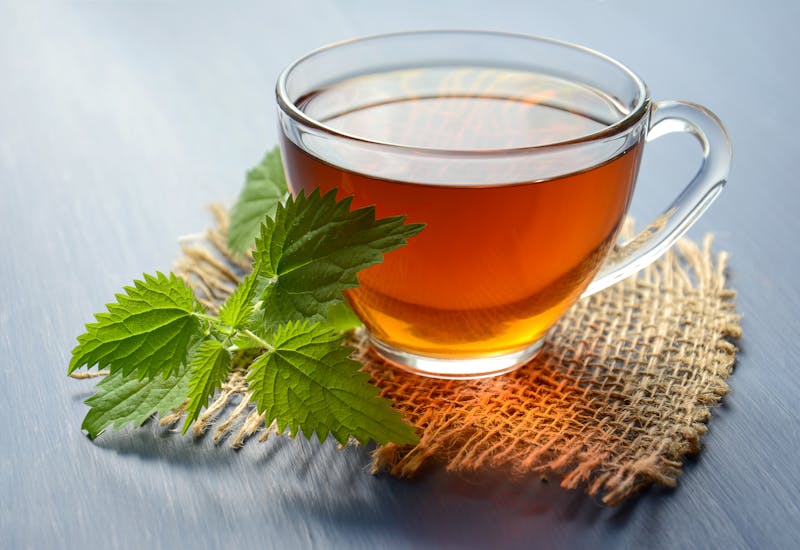
![Copper: the Great [Trace Mineral]](https://bioinvigorate.com/wp-content/uploads/2023/08/pexels-esmihel-15813475-scaled.jpg)
